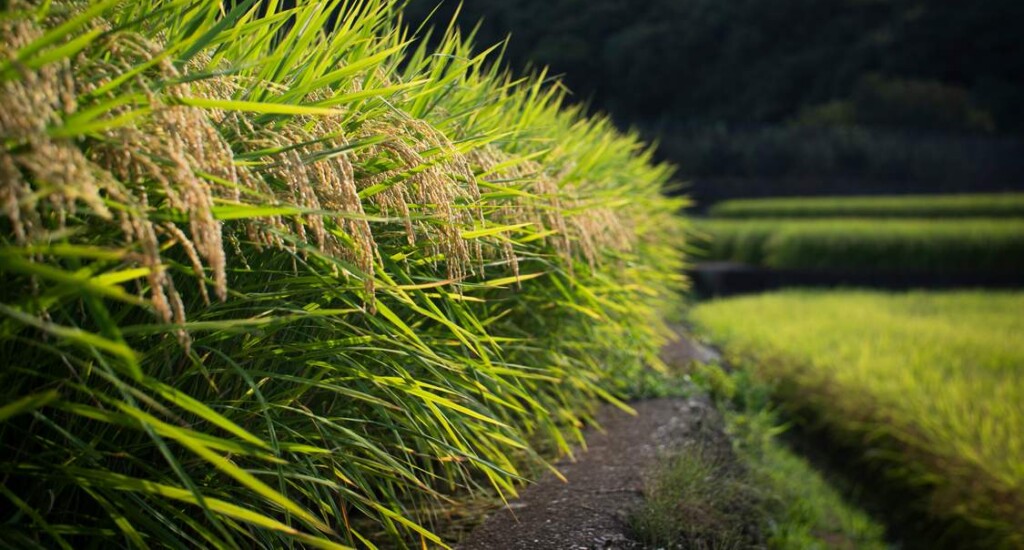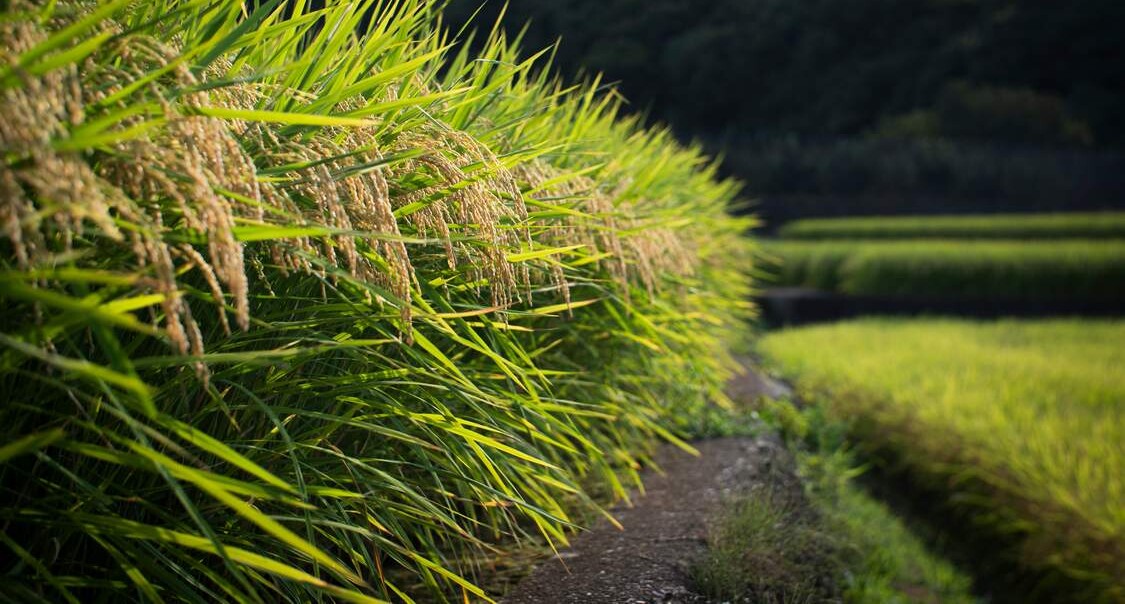
When we think of technological advances, writes Javier Blas at Bloomberg, we tend towards picturing faster internet, smarter devices, AI, driverless cars, and phone-controlled household appliances.
But humanity continues to make advancements with even the most primitive technologies, epitomized by this year’s incredible Asian rice crop.
Blas suggests the news alleviates any fear that a climate crisis will starve the world, but someone else might point out that cost of living crises, food shortages, and famine conditions in conflict zones, all stand to be alleviated somewhat with prices hovering at around $365 per ton.
Rice is one of the world’s most ancient crops, and the millennia have seen multiple advancements in its cultivation that have continued even unto the present day.
“In 1975, farmers around the world harvested an average of 2.4 metric tons per hectare; the yield improved to 3.8 tons by 2000, and today it’s almost doubled to 4.7 tons,” Blas writes in an op-ed.
He writes that while corn and soybeans are routinely spot-priced on Wall Street, rice is largely ignored. It is, however, the most important human crop for food security, and a staple for half the world’s population.
And governments across the Global South and East Asia reeled from unrest when, in 2007-2008, prices topped $1,000 per ton. Some feared that this was climate change coming to roost in the rice paddies of the world, but these fears were overblown.
ALSO CHECK OUT: People Globally Are Living Better Lives, More Hopeful About the Future: We Know Because They Said So
Today, farmers working the same amount of land as their ancestors—in some areas even less—are going to pull in around 541 million tons of rice; double the amount from the 1980-81 harvest.
In 2024, 295 million people across 53 countries faced acute hunger according to the World Food Program, while 638 between 720 million face chronic undernourishment.
MORE FARMING NEWS: ‘Camel Milk Revolution’ Is Improving Nutrition in Somalia and Creating Jobs
It’s through continued investments in modern farming technology, more sophisticated irrigation projects and other advances that can see harvest numbers continue their skyward trajectory, and these insecurity metrics continue to fall.
SHARE This Positive Progress In Global Food And Farming…


Leave a Reply